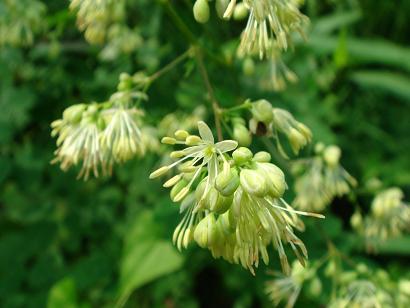 |
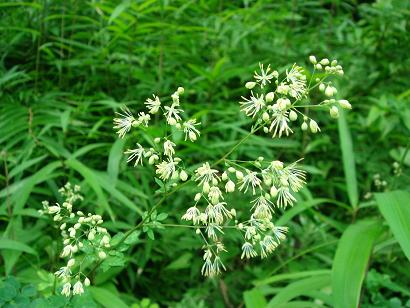 |
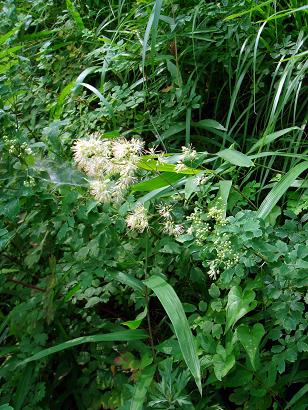 |
|---|---|---|
| July 2007 at lowland forest edge |
July 2007 at lowland forest edge |
July 2007 at lowland forest edge |
| Family | Ranunculaceae |
| Subfamily | Isopyroideae |
| Tribe | Isopyreae |
| Subtribe | Thalictrinae |
| Scientific name | Thalictrum minus L. var. hypoleucum (Siebold et Zuccarini) Miquel |
| Synonyms | Thalictrum amplissimum H. Léveillé & Vaniot; Thalictrum hypoleucum Siebold & Zuccarini; Thalictrum minus L. var. amplissimum (H. Léveillé & Vaniot) H. Léveillé; Thalictrum minus L. var. elatum Lecoyer; Thalictrum minus L. var. majus Miquel; Thalictrum minus L. var. thunbergii (de Candolle) Voroschilov; Thalictrum purdomii Clark; Thalictrum thunbergii de Candolle; Thalictrum thunbergii var. majus (Miquel) Nakai |
| Common name | (Japanese common name) aki-karamatu (アキカラマツ, 秋落葉松 [meaning: autumn meadow-rue weed]) |
| (English common name) none | |
| Distribution | (Japan) Hokkaido, Honshu (east of Kinki region), Shikoku, Kyushu |
| (Other nations) Russia (Sakhalin, Kuril Islands), Korea, China, Mongolia | |
| Chromosomal number | 2n=42 |
| Description | Plants 50-150cm tall. Leaves leaflets 1-4cm long. Flowers 4 sepals 2-2.5mm long, stamens ca. 4.5-6mm long, flowering in July to October. Frits 2-4, 3mm long. Perennial plants. |
| Reference | Thalictrum minus var. hypoleucum (Siebold & Zuccarini) Miquel |
| Storage stable compositions of biological materials (US Patent 7485451/2009) |
 |
 |
 |
|---|---|---|
| July 2007 at lowland forest edge |
July 2007 at lowland forest edge |
July 2007 at lowland forest edge |
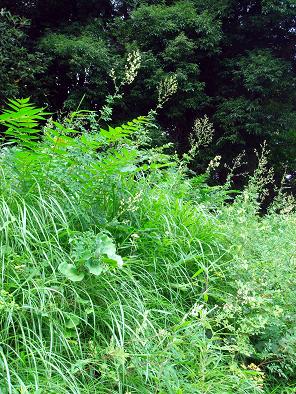 |
 |
|---|---|
| July 2007 at lowland forest edge |
July 2007 at lowland forest edge |
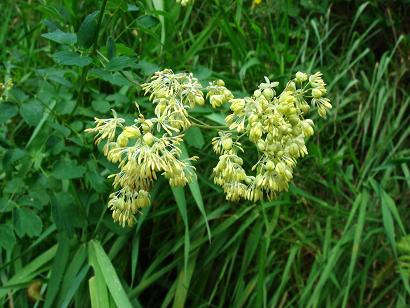 |
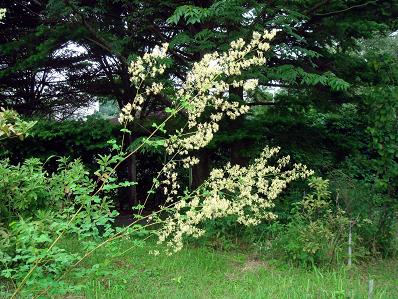 |
|---|---|
| August 2006 at mountane forest edge |
July 2007 at Tsukuba Botanical Garden |